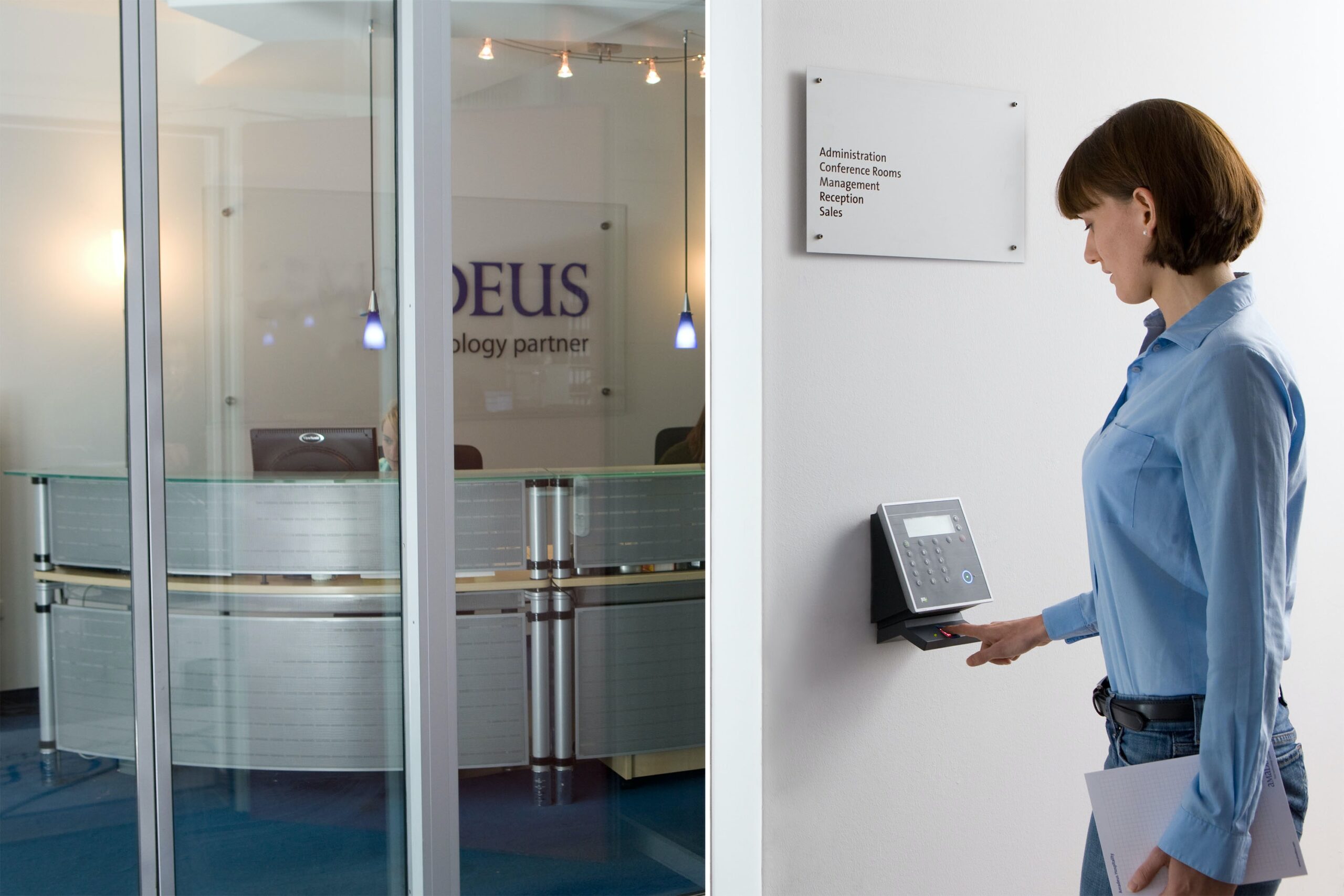
Biometric Security encompasses a range of authentication techniques, each relying on distinct physiological or behavioural attributes that are unique to each individual. In an increasingly digital world, where data breaches and cyber threats have become commonplace, ensuring robust security measures is paramount. Traditional methods of authentication, such as passwords and PINs, are proving to be inadequate in the face of sophisticated hacking techniques. This has paved the way for the rapid adoption of biometric security, which utilizes unique physical and behavioural traits for identity verification.
According to recent research by Cybersecurity Ventures, the global biometric technology market is projected to reach a staggering $65.3 billion by 2027, reflecting a compound annual growth rate of 19.3%.
This statistic underscores the growing significance of biometric security in shaping the future of authentication methods.
The Evolution of Biometric Security
Biometric security attributes include fingerprints, facial features, iris patterns, voice recognition, and behavioural traits like typing patterns and gait. Unlike traditional passwords, which can be easily forgotten, stolen, or replicated, biometric data provides a significantly more secure and convenient way of verifying one’s identity.
Fingerprint Recognition: A Widely Adopted Approach
Among the various biometric authentication methods, fingerprint recognition stands as one of the most widely adopted. The distinctive ridges and valleys on an individual’s fingertip create a unique fingerprint pattern, serving as a secure identifier. According to a study by Grand View Research, the fingerprint recognition market is expected to maintain its dominance, accounting for the largest revenue share in the biometrics industry. Technology has found its way into our everyday lives, from unlocking smartphones to gaining access to secure facilities.
Facial Recognition: Where Technology Meets Convenience
Facial recognition technology has garnered significant attention due to its convenience and ease of use. The ability of computers to analyze and match facial features with stored templates has led to its integration in various sectors. Retailers utilize facial recognition for personalized marketing, law enforcement agencies employ it to identify suspects, and smartphones use it for effortless unlocking. However, concerns regarding privacy and potential misuse of facial data necessitate a careful balance between innovation and regulation.
Voice and Iris Recognition: A Sound and Insightful Approach
Voice recognition, relying on the unique vocal patterns of individuals, and iris recognition, analyzing the intricate designs within the iris, offer advanced biometric authentication options. The utilization of voice and iris recognition has gained traction in sectors demanding heightened security, such as banking and government institutions. The global rise in mobile banking, for instance, has spurred the integration of voice recognition as an additional layer of protection against unauthorized access.
The Role of Artificial Intelligence
Artificial Intelligence (AI) plays a pivotal role in enhancing the accuracy and efficiency of biometric security systems. Machine learning algorithms allow these systems to adapt and learn from new data, reducing the chances of false positives and negatives. Moreover, AI-powered biometric authentication continually refines its recognition capabilities, making it resilient to attempts at spoofing or mimicking biometric traits.
Challenges and Future Prospects
Despite the promising prospects of biometric security, challenges persist. Biometric data, once compromised, cannot be reset like a password. This raises concerns about the storage and protection of sensitive information. Additionally, the potential for bias within these systems, especially in facial recognition, demands a concerted effort to eliminate discriminatory practices.
The future of biometric security holds exciting possibilities. Multimodal biometrics, combining multiple forms of authentication, offers enhanced accuracy and safety. DNA-based biometrics, though in its nascent stages, could revolutionize the field by providing the most unique identifier of all. As organizations and individuals alike recognize the importance of securing digital identities, continued research and innovation will drive the evolution of biometric authentication.
Conclusion
As the world moves towards a digital-first future, ensuring robust cybersecurity becomes non-negotiable. Biometric security, with its advanced authentication methods relying on unique physical and behavioural traits, emerges as a futuristic solution to the vulnerabilities of traditional authentication. The rapid growth projected in the biometric technology market underscores its significance and potential. At the forefront of this technological revolution, companies like ‘Coding Brains‘ are committed to developing cutting-edge solutions that leverage biometric security to provide a safer digital landscape for individuals and businesses alike. With biometrics paving the way, the future of authentication is indeed secure and promising.


Leave a Reply